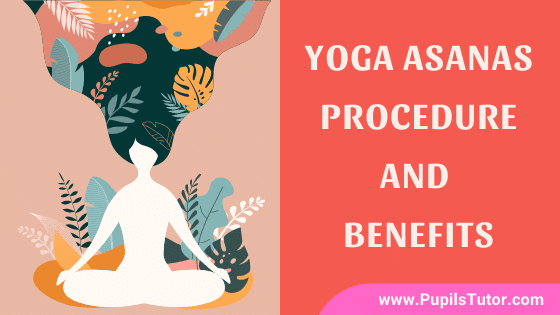
Yoga Asanas Procedure and Benefits
There is a large number of asanas. According to Charandas, there are 84,000 asanas.
- Some of the asanas are very useful and important from the viewpoint of the physical, mental, and spiritual growth of an individual.
Some Important Asanas Are:
1. Sitting Position Asanas
a. Padamasana (Lotus Pose)

Posture |
|
Position |
|
Method |
|
General Benefits |
|
Physiological Benefits |
|
Therapeutic Benefits |
|
b. Matsyasana (Fish Pose)

Posture |
|
Position |
|
Method |
|
General Benefits |
|
Physiological Benefits |
|
Therapeutic Benefits |
|
c. Yogamudhra ( The Psychic Union Pose)
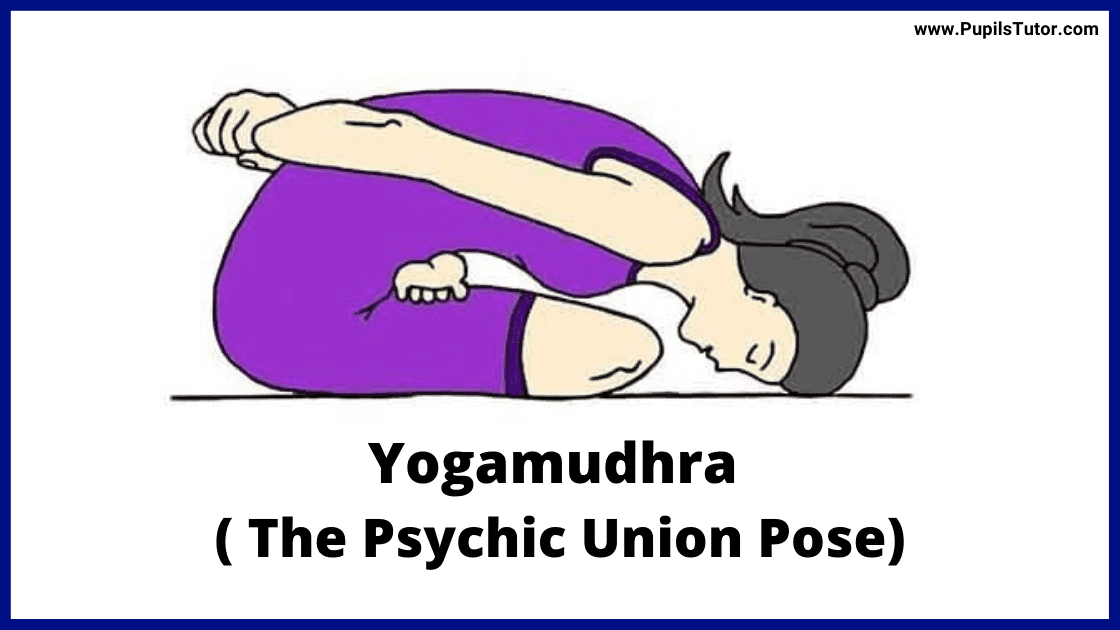
Posture |
|
Position |
|
Method |
|
General Benefits |
|
Physiological Benefits |
|
Therapeutic Benefits |
|
d. Paschimottanasana (Seated Forward Bend)
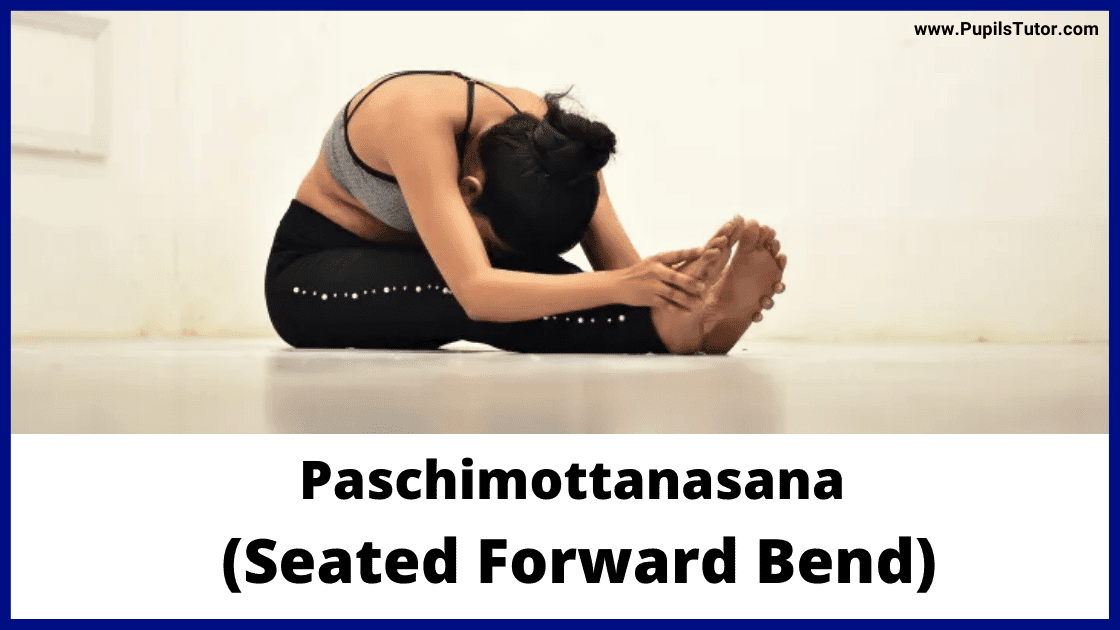
Posture |
|
Position |
|
Method |
|
General Benefits |
|
Physiological Benefits |
|
Therapeutic Benefits |
|
2. Standing Position Asanas
a. Trikonasana (Revolved Triangle Pose)
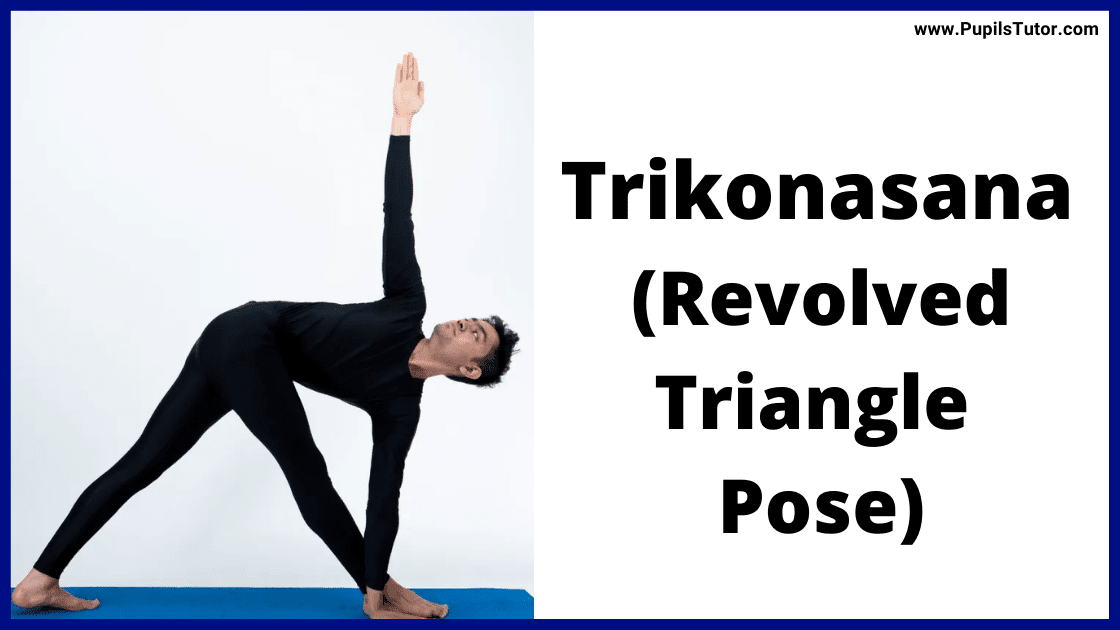
Posture |
|
Position |
|
Method |
|
General Benefits |
|
Physiological Benefits |
|
Therapeutic Benefits |
|
3. Prone Position Asanas
a. Salabhasana ( Locust Pose)

Posture |
|
Position |
|
Method |
|
General Benefits |
|
Physiological Benefits |
|
Therapeutic Benefits |
|
b. Bhujangasana ( Cobra Pose)

Posture |
|
Position |
|
Method |
|
General Benefits |
|
Physiological Benefits |
|
Therapeutic Benefits |
|
c. Dhanurasana (Bow Pose)
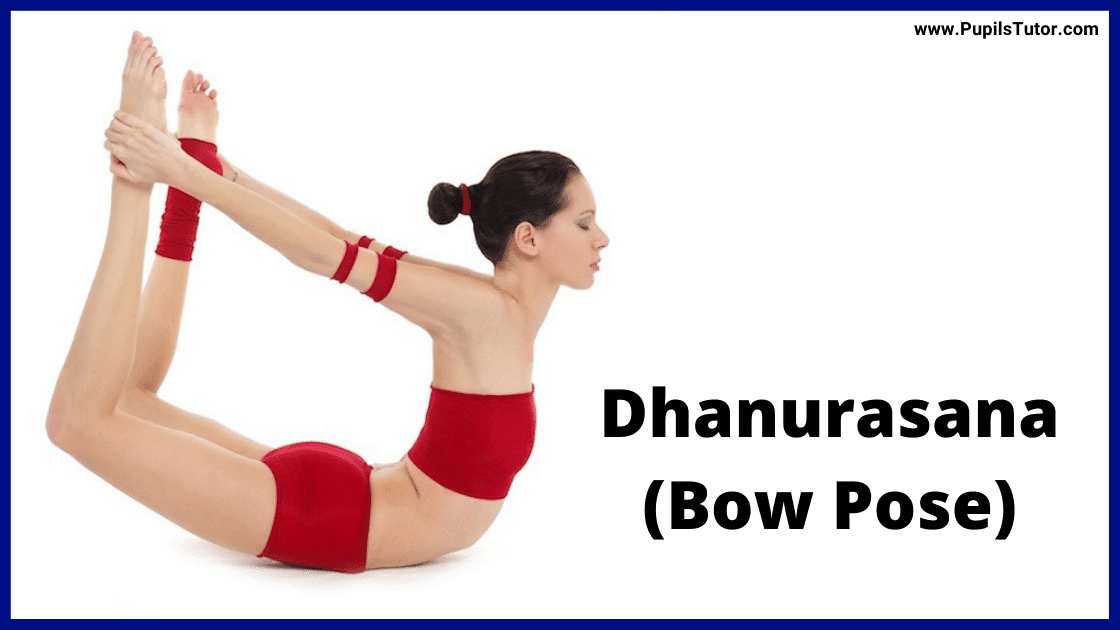
Posture |
|
Position |
|
Method |
|
General Benefits |
|
Physiological Benefits |
|
Therapeutic Benefits |
|
4. Supine Position Asanas
a. Sarvangasana (Shoulder Stand)

Posture |
|
Position |
|
Method |
|
General Benefits |
|
Physiological Benefits |
|
Therapeutic Benefits |
|
b. Halasana (Plough Pose)
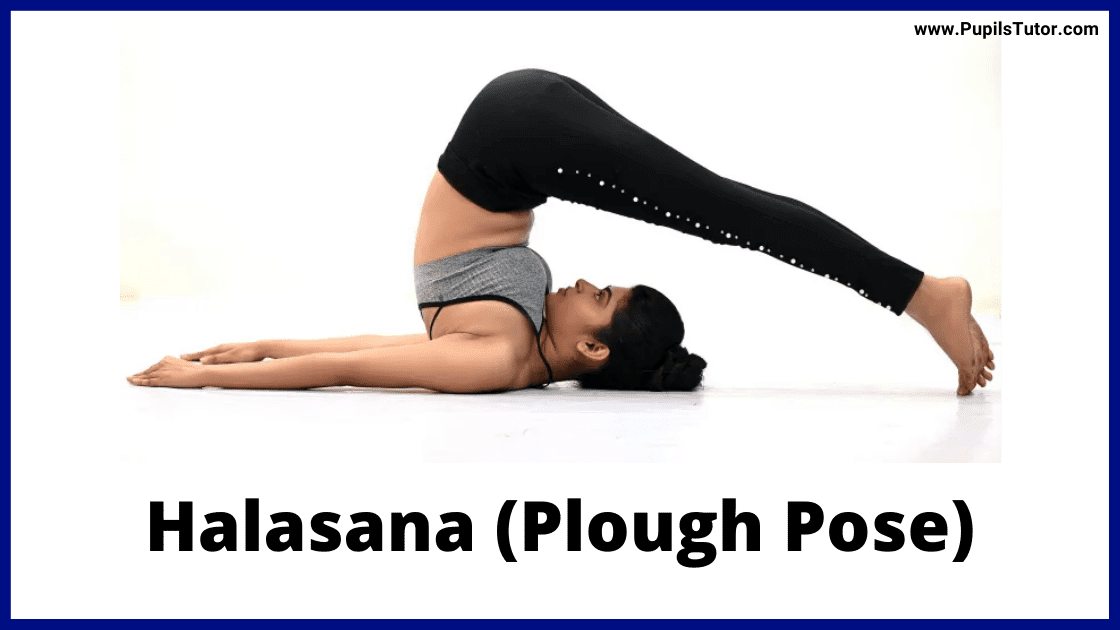
Posture |
|
Position |
|
Method |
|
General Benefits |
|
Physiological Benefits |
|
Therapeutic Benefits |
|
Tags:
Yoga Asanas Procedure and Benefits Notes
Explain Psychological And Therapeutic Benefits Of Different Yoga Asanas Notes For B.Ed In English Medium
(Different Yoga Asanas – Their Position, Posture, Method, Procedure, Health Benefits | Psychological And Therapeutic Benefits Of Different Yoga Asanas) Notes And Study Material, PDF, PPT, Assignment For B.Ed 1st and 2nd Year, DELED, M.Ed, CTET, TET, Entrance Exam, All Teaching Exam Test Download Free For Health Physical And Yoga Education Subject.


Share You Thoughts And Suggestions In The Comment Box